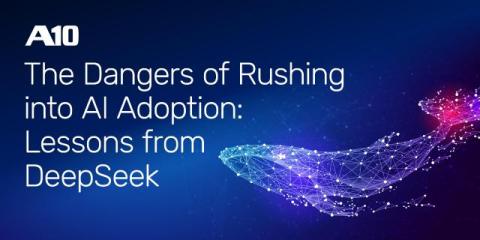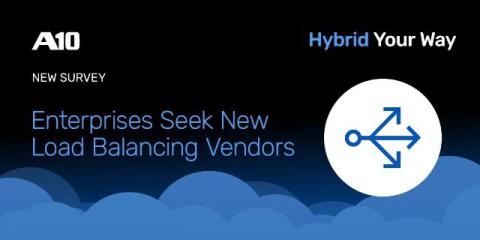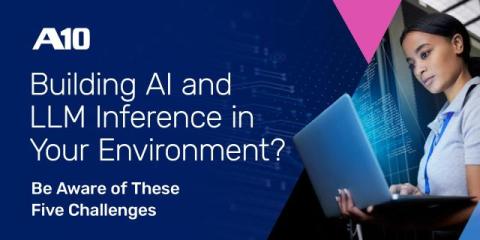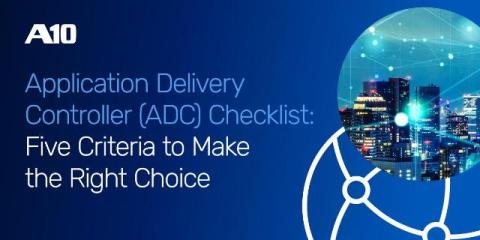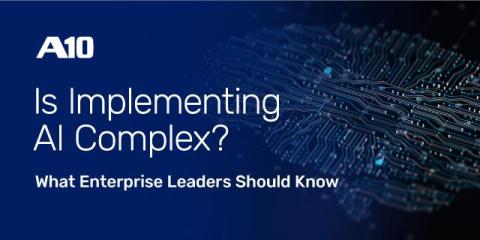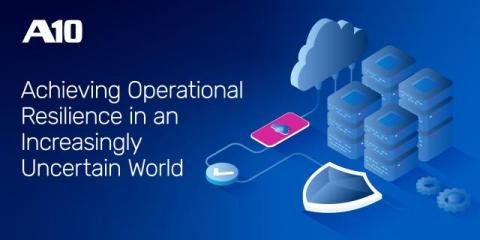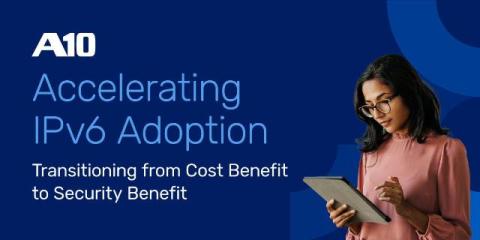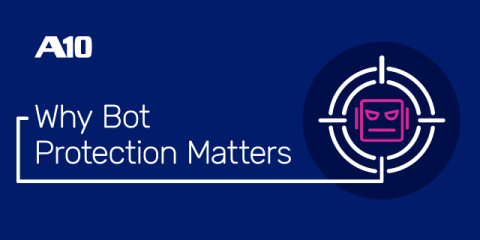The Dangers of Rushing into AI Adoption: Lessons from DeepSeek
As organizations race to adopt the latest advancements in artificial intelligence, DeepSeek serves as a cautionary tale about the potential dangers of rushing into the hype cycle without adequate consideration of security and ethical implications. DeepSeek, a Chinese AI startup, has been identified as having several significant security risks and vulnerabilities that could pose threats to both the company and its users.


